Last updated on February 29, 2024
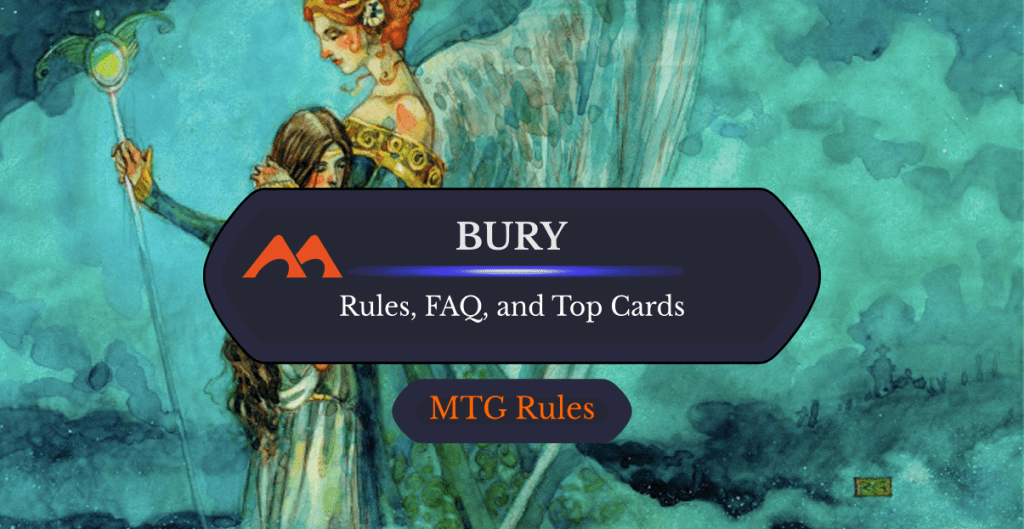
Angelic Renewal | Illustration by Rebecca Guay
Killed, destroyed, buried, sacrificed. Almost all of these terms in MTG relate to a creature ending its lifespan, so to say, and thus going to the graveyard. Bury is a flavorful match since MTG’s already have the graveyard as a game zone, so it makes a lot of sense to bury cards there.
From a short period of time, MTG used the term bury in some occasions, but the term is no longer in use. But what is bury? What does the term mean, and should I care about it? Considering that in some EDH tables you might get your cards buried now and then, it’s never a bad time to learn about it.
Let’s dive in!
How Does Bury Work?
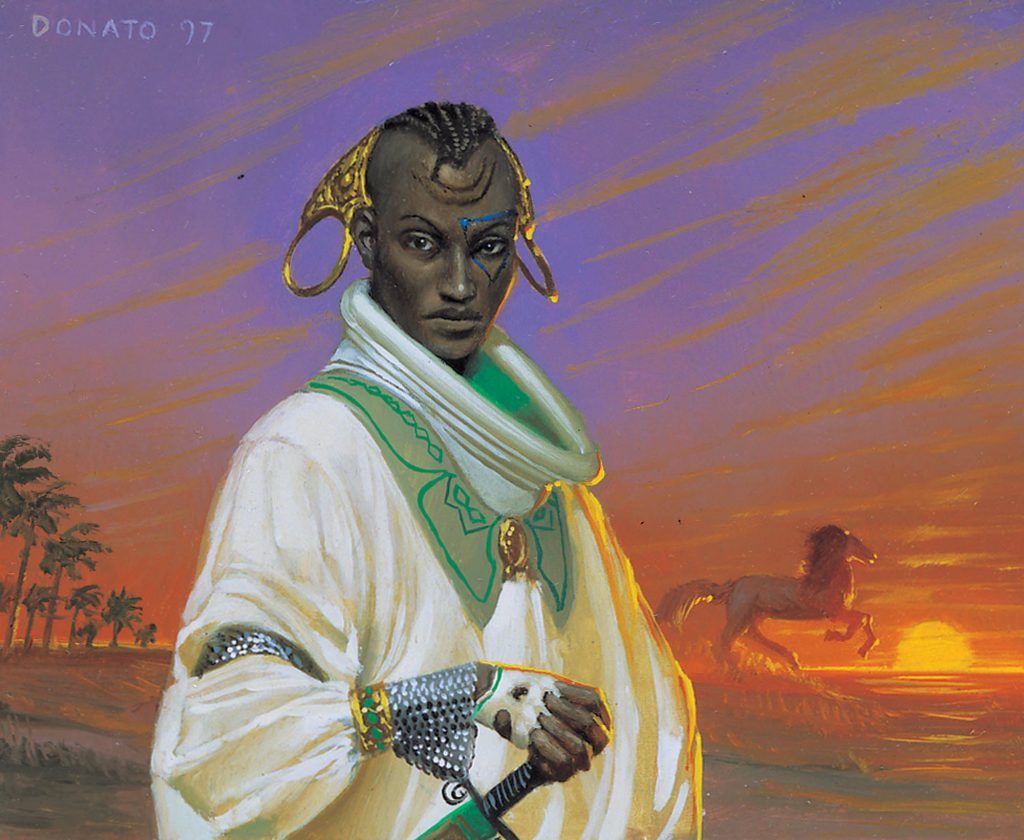
Peacekeeper | Illustration by Donato Giancola
The term bury can mean two things: Either you’re burying your own permanent, that is, sacrificing it, or you’re burying an opponent’s permanent, or destroying it without allowing them to regenerate said permanent. In today’s MTG rules text, bury isn’t used anymore, and the cards that had bury in its rules text were errata‘d. An example is a card like Hidden Horror, whose actual rules text says: ”sacrifice it unless you discard a creature card”, but in Weatherlight the rules text stated: “choose and discard a card or bury Hidden Horror”.
It’s worth nothing that Magic nowadays doesn’t even use regeneration anymore, opting for other mechanics like indestructible, shield counters, or even returning the creature to play if it were to be destroyed. It’s easier to see something like “if a creature would die, exile it instead” on creatures and removal spells, than to see “destroy target creature, and it can’t be regenerated”. As for burying your own permanent, sacrifice is used instead with the same ruling.
The History of Bury in MTG
Bury was introduced as a keyword action in Revised Edition in 1994. At the time, the intention was to replace “destroy target creature and it can’t be regenerated” with a simple term, not unlike what happened with mill X replacing “target player puts the X top cards from their library into their graveyard”. The term bury has been used from 1994 until 1997 (Sixth Edition), across many MTG sets including Fourth Edition, Ice Age, Mirage, and Weatherlight.
It’s become obsolete ever since, and cards that contained bury were errata'd. You can still come across cards with bury if you’re playing EDH and one of your opponents plays a Shatterstorm from Fifth Edition or an old Wrath of God. It’s important to note that many MTG players love to collect cards from the oldest editions available and play them in their EDH decks, so there’s a high percent chance you’ll still see bury cards being played to this day.
What Cards Was It Originally Printed on Before Errata?
This is a list of the first cards that had bury in their rules text, from Revised Edition in 1994:
Why Was Bury Replaced?
At first, Mark Rosewater, MTG’s lead designer, didn’t want bury to be widely used, in the sense that regenerate should matter more. It doesn’t make sense to have a creature that regenerates and all the best removal spells are able to bury it or exile it. There’s also the fact that bury represents two things: one, “destroy target permanent and it can’t be regenerated” and two, sacrifice a permanent by burying your own permanent. These two things were coupled together in the same term, and it makes some sense because you can’t regenerate a permanent that you’ve just sacrificed.
With current MTG’s emphasis on templating patterns for rules text, it doesn’t make sense to have a “sacrifice outlet” that buries permanents. It can also get confusing, like if you control a card that says “whenever a player sacrifices a permanent”, and then someone buries their own permanent. In this case, it’s hard to tell people it’s actually the same thing. Or in the case of Shatterstorm, the artifacts are destroyed and not sacrificed, so it’s not actually the same thing.
What Was It Replaced With?
From Sixth Edition on, bury was replaced with “sacrifice” or “Destroy target creature. It can’t be regenerated”. Examples of these changes are in Wrath of God, Reprisal, and Serenity. Cards that told you to bury your own permanents as a downside replaced bury with sacrifice, like Hecatomb and Hidden Horror.
What Were the Last Cards Bury Was Used On?
This is the list of the Weatherlight cards in 1997 that used bury in their rules text:
- Angelic Renewal
- Peacekeeper
- Serenity
- Tariff
- Fog Elemental
- Manta Ray
- Pendrell Mists
- Abyssal Gatekeeper
- Barrow Ghoul
- Circling Vultures
- Fatal Blow
- Hidden Horror
- Urborg Justice
- Wave of Terror
- Hurloon Shaman
- Fallow Wurm
- Rogue Elephant
- Straw Golem
- Gemstone Mine
- Lotus Vale
- Scorched Ruins
Bury vs. Destroy
Bury is short for “destroy target creature, it can’t be regenerated.” The main difference between bury and destroy is that the destroy effect is averted by regeneration, while bury doesn’t care about it.
What Set Was Bury Replaced?
In 1997, Tempest was the first set to replace the bury text in Wrath of God. After 1999 in Sixth Edition, bury eventually became, “Destroy target creature. It can be regenerated.” In Sixth Edition cards, these rules text change on cards like Fatal Blow, Jokulhaups, and Terror, just to cite a few.
Does Bury Work on Indestructible?
It doesn't work because indestructible permanents can’t be destroyed (that’s literally the meaning of the keyword). Bury attempts to destroy an indestructible creature, and nothing happens unless the creature loses indestructible.
You can, however, bury your own indestructible creature. In this situation, it’s as if you’re sacrificing your indestructible creature.
Does Regeneration Prevent a Creature From Being Buried?
It doesn’t. Bury is the same as destroying a target creature and preventing it from being regenerated, so even if a creature regenerates, bury makes sure it ends up in the graveyard.
Wrap Up
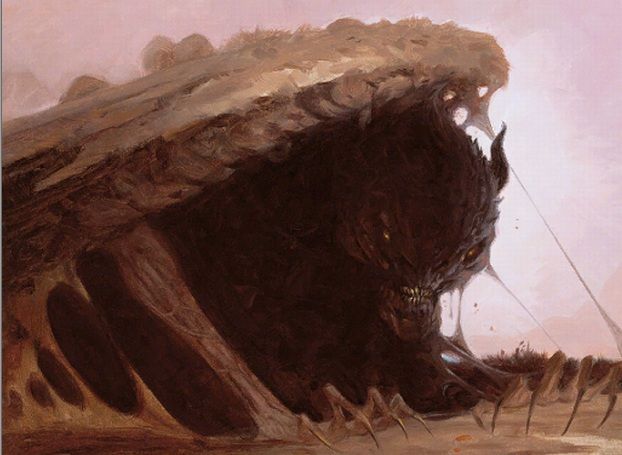
Hidden Horror | Illustration by Brom
That’s all from me on bury today, guys. Bury is a very flavorful term, but I’m glad it’s not used anymore since it caused too much confusion within the rules. It’s important to maintain game lingo unified, but in a 30-year-old game, old cards will coexist with newer ones. It’s sad that we’re probably not seeing bury as a game mechanic anymore, since it would be a perfect fit in a given set that deals heavily with the graveyard, like Innistrad.
Enough talk from me, I want to hear something from you. Do you play with bury cards on your decks on purpose? Or do you prefer the terms used now? Leave us a comment in our comments section below, or at our Draftsim’s Twitter.
Stay safe folks, and don’t let your opponents bury your cards.
Follow Draftsim for awesome articles and set updates: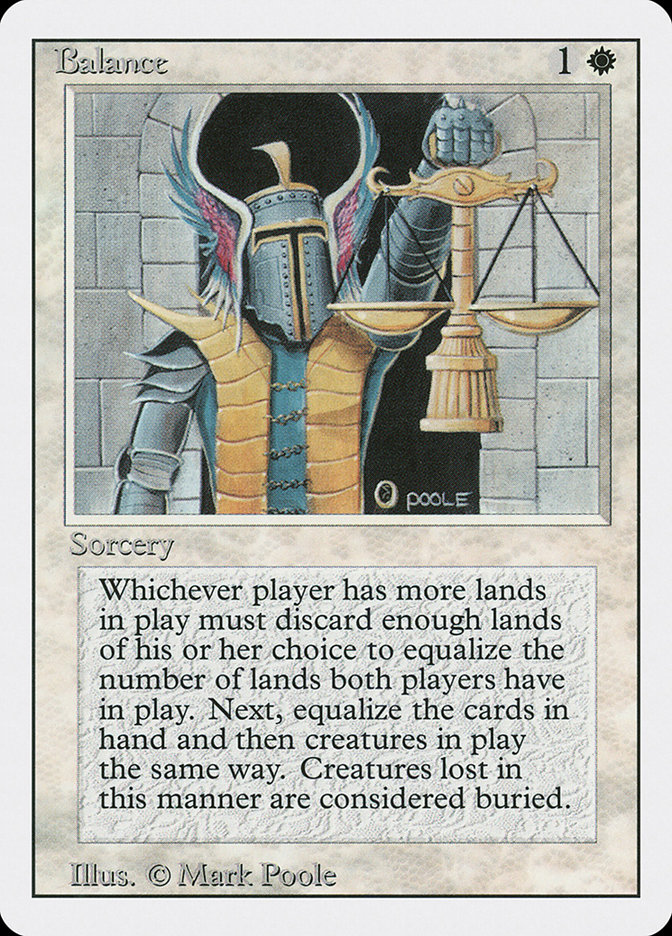
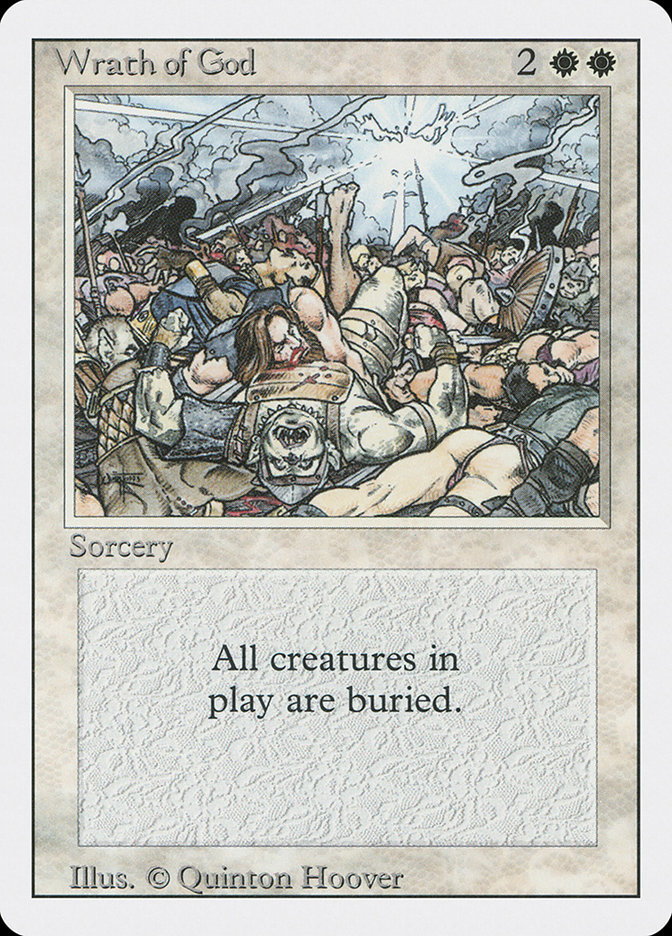
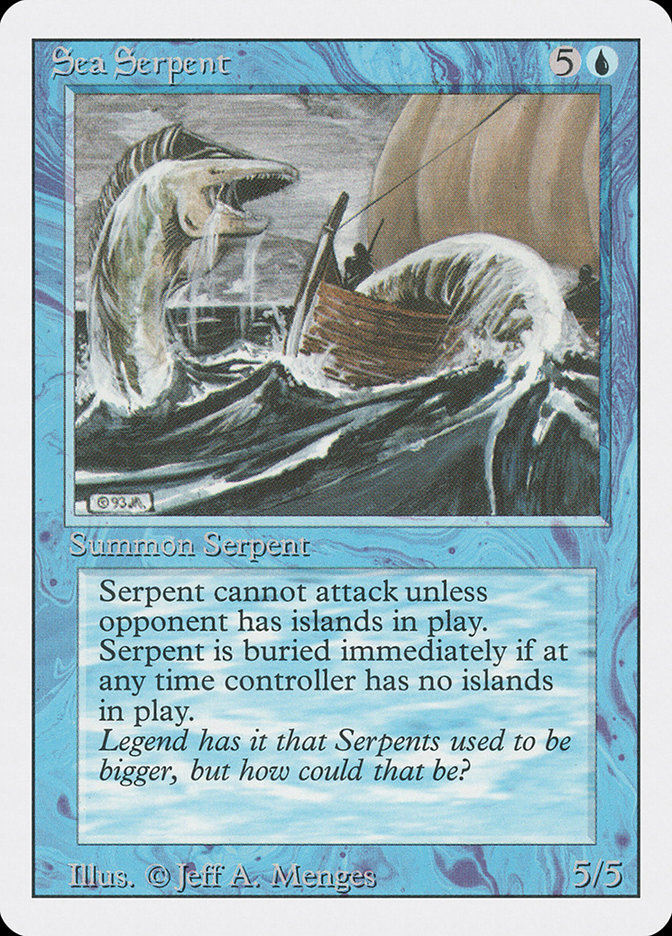

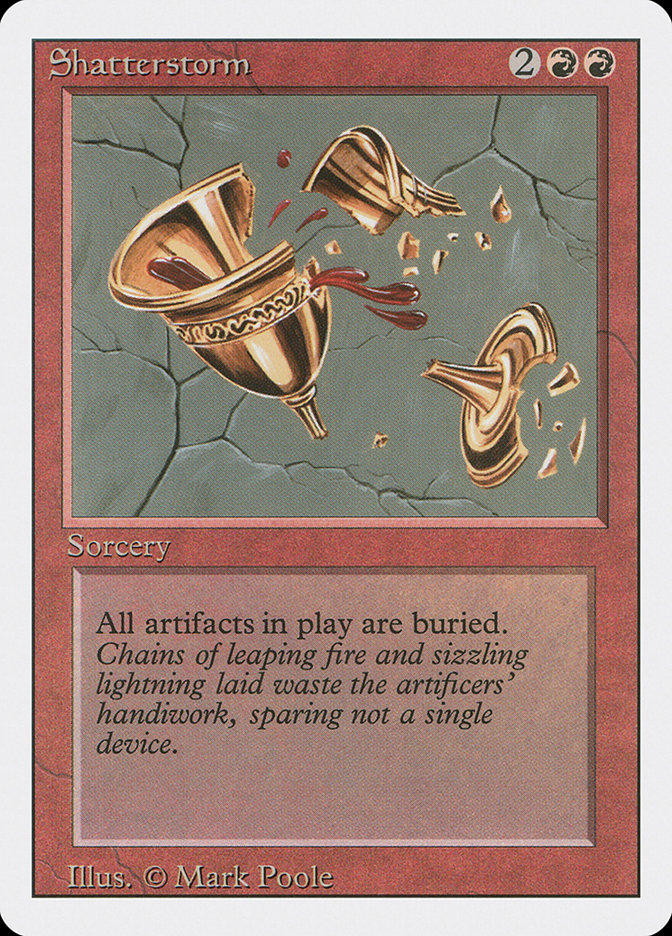
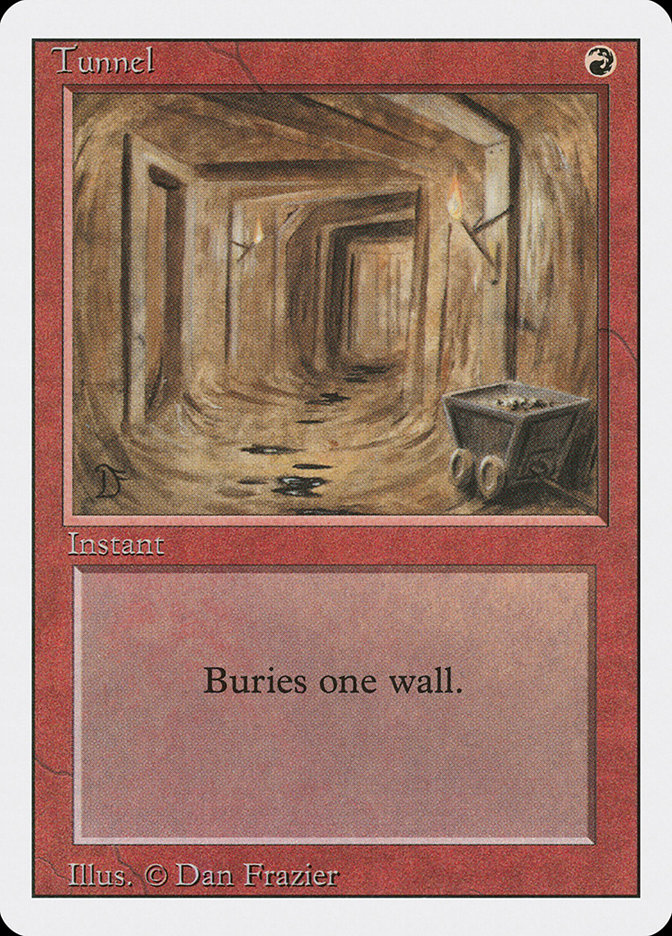
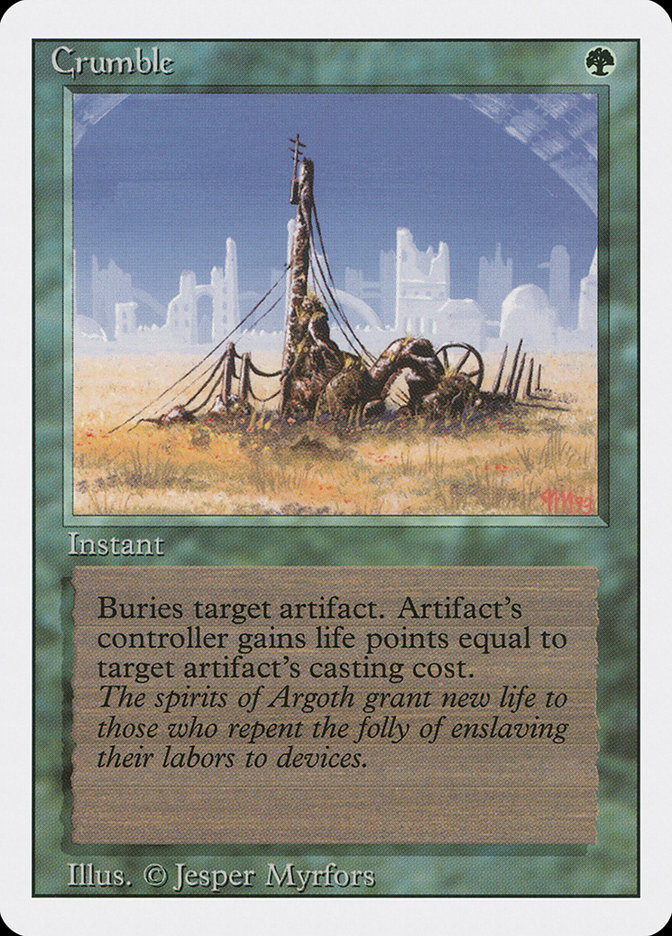
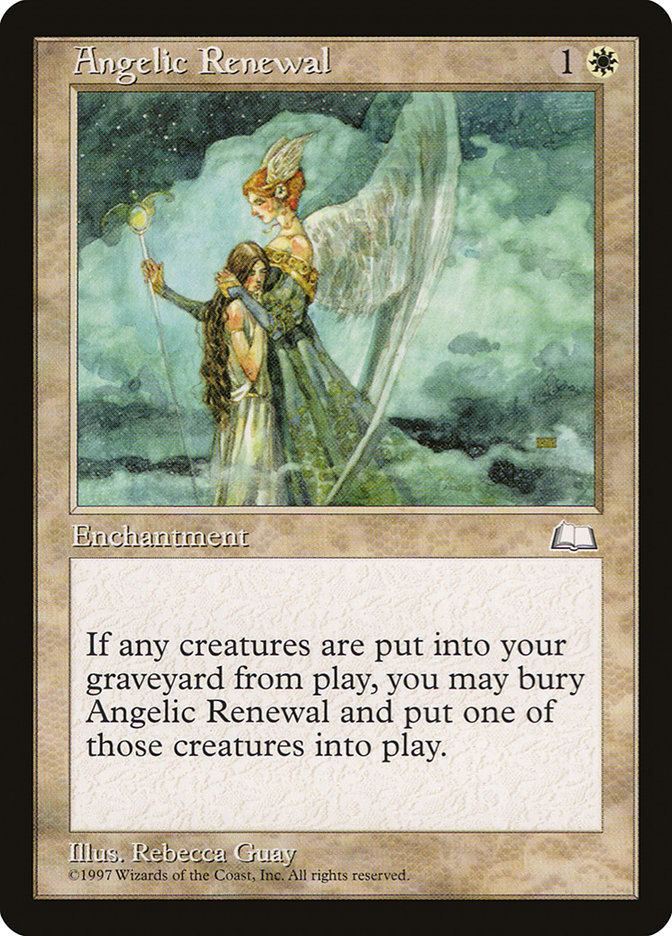
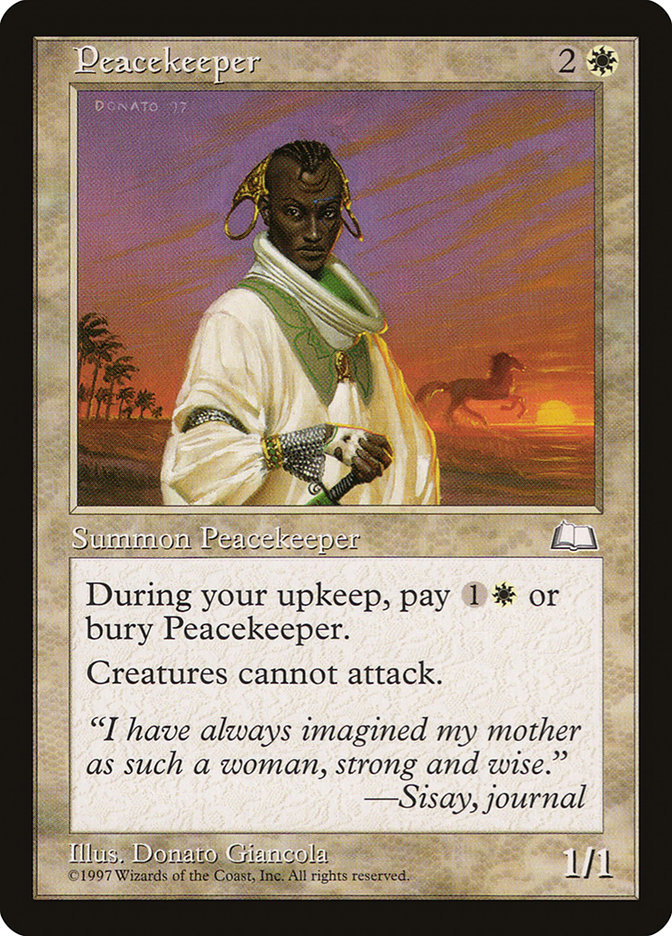
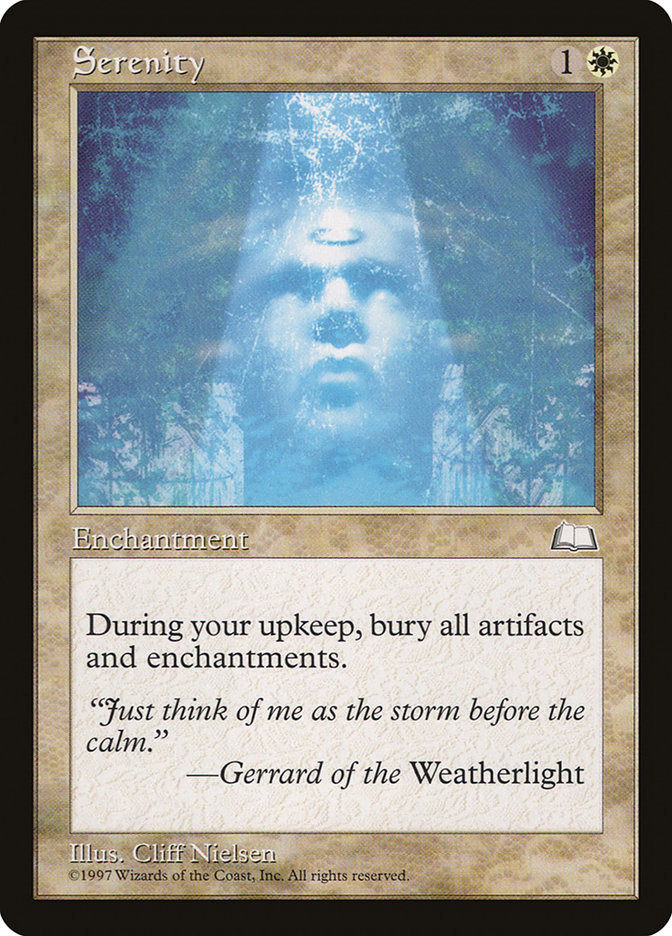
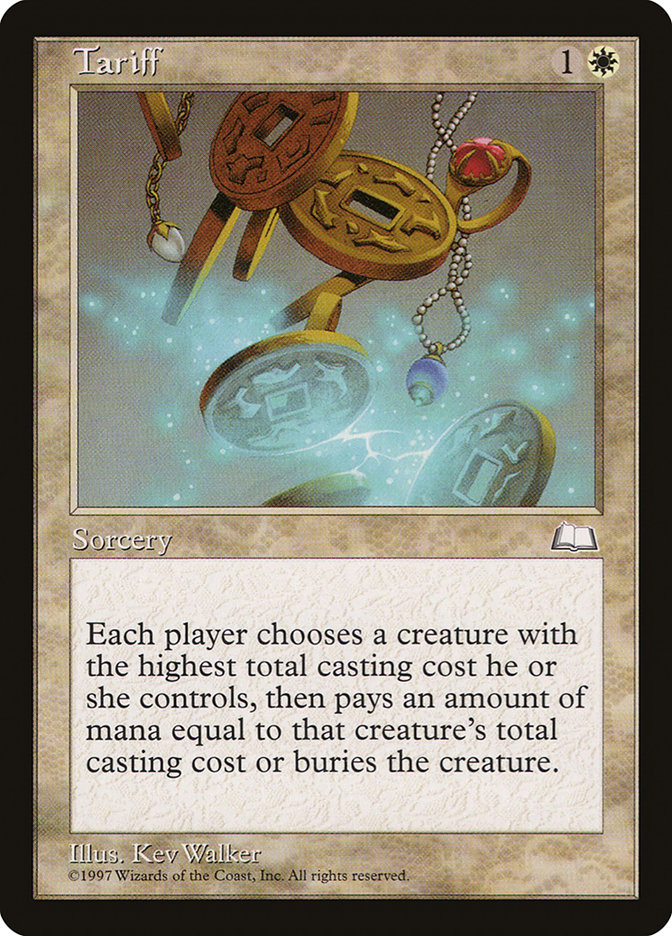
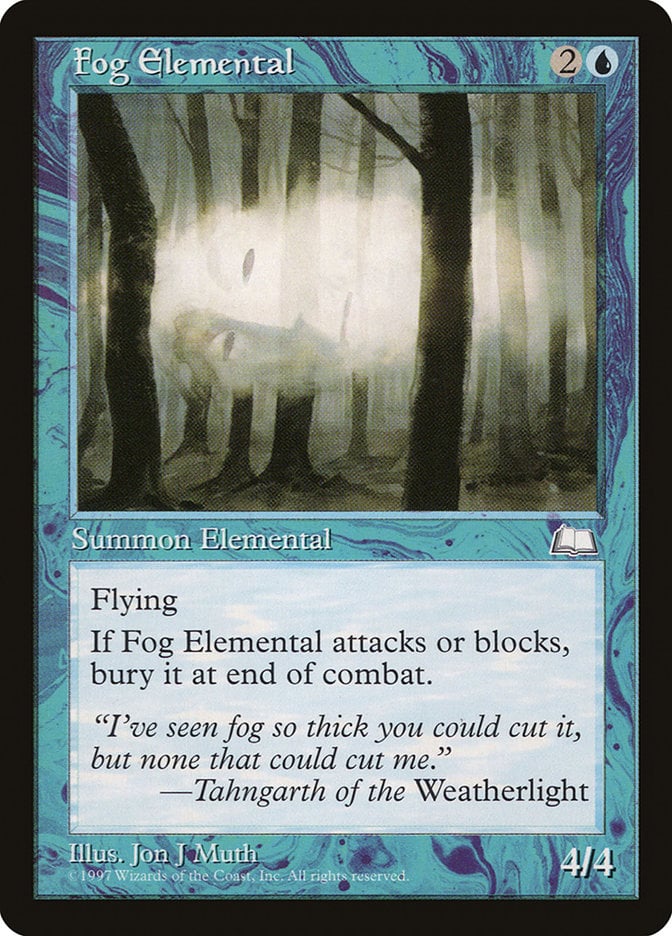
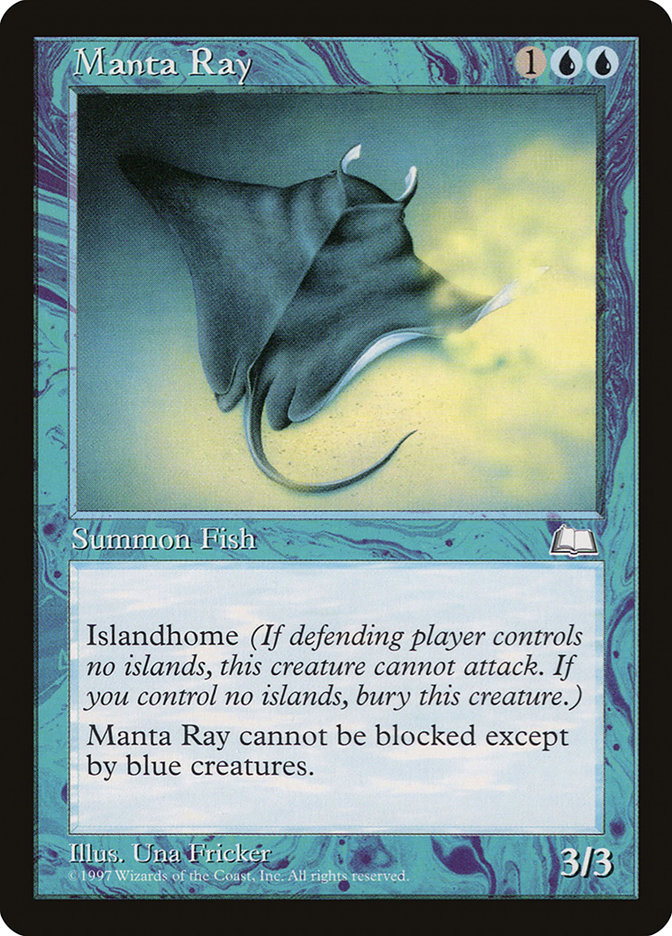
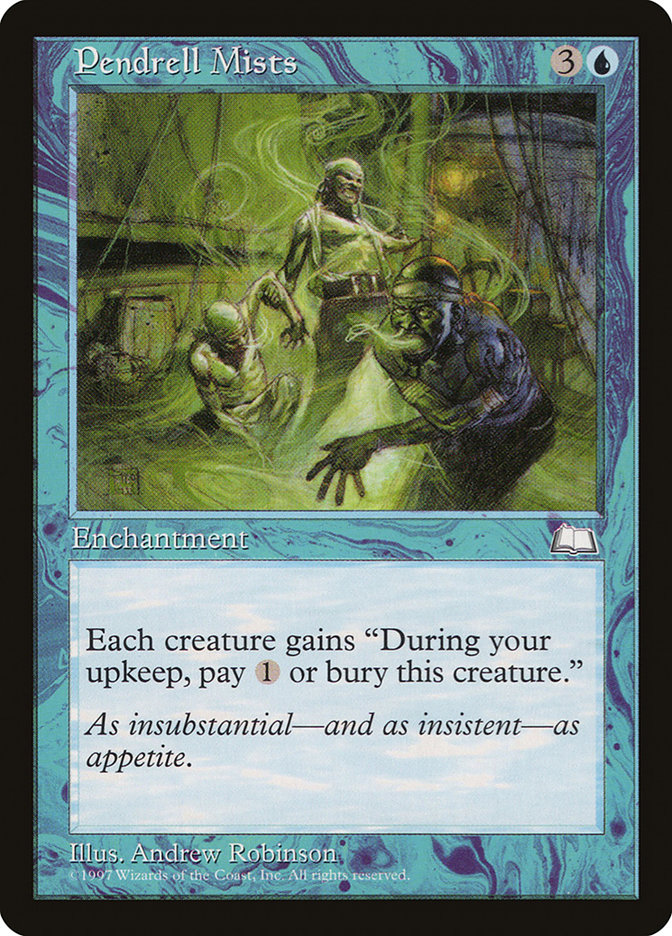
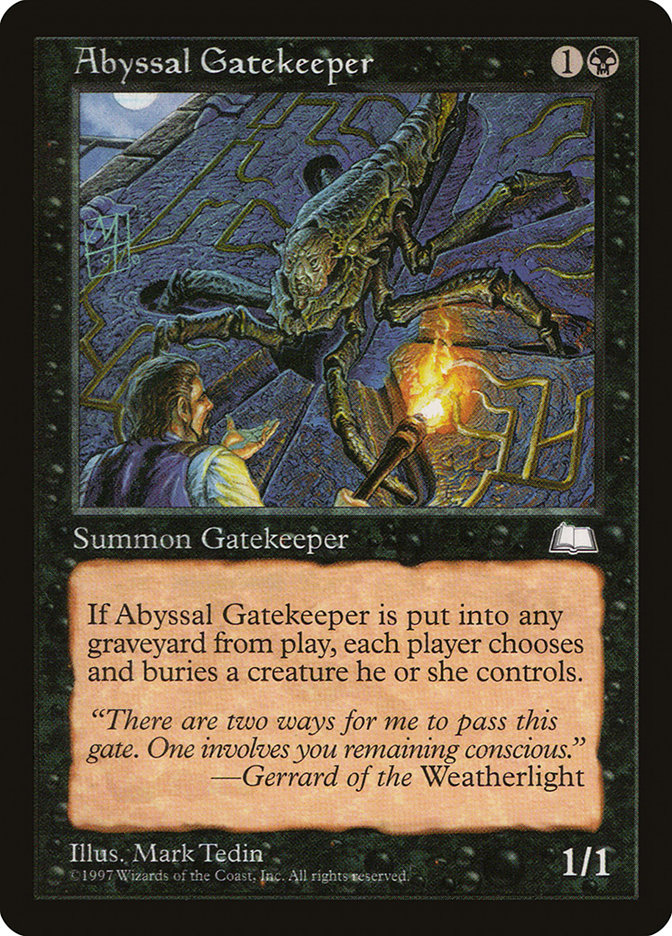
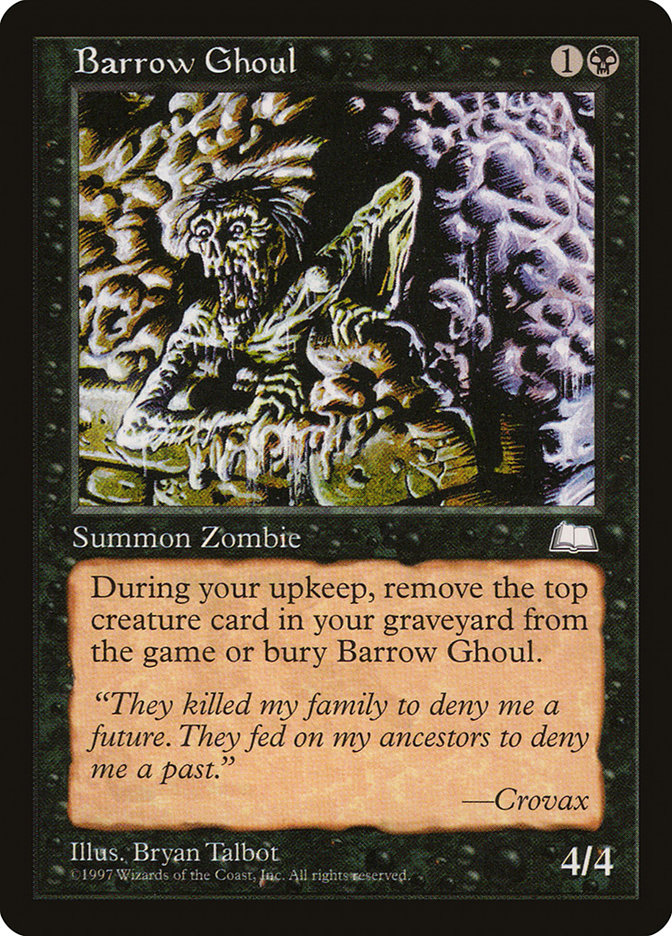

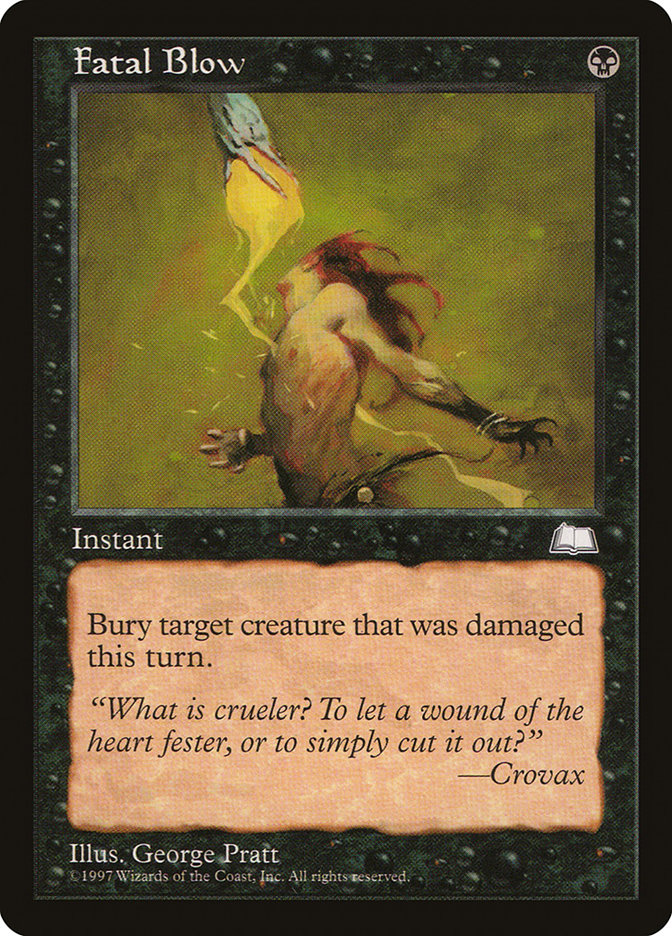
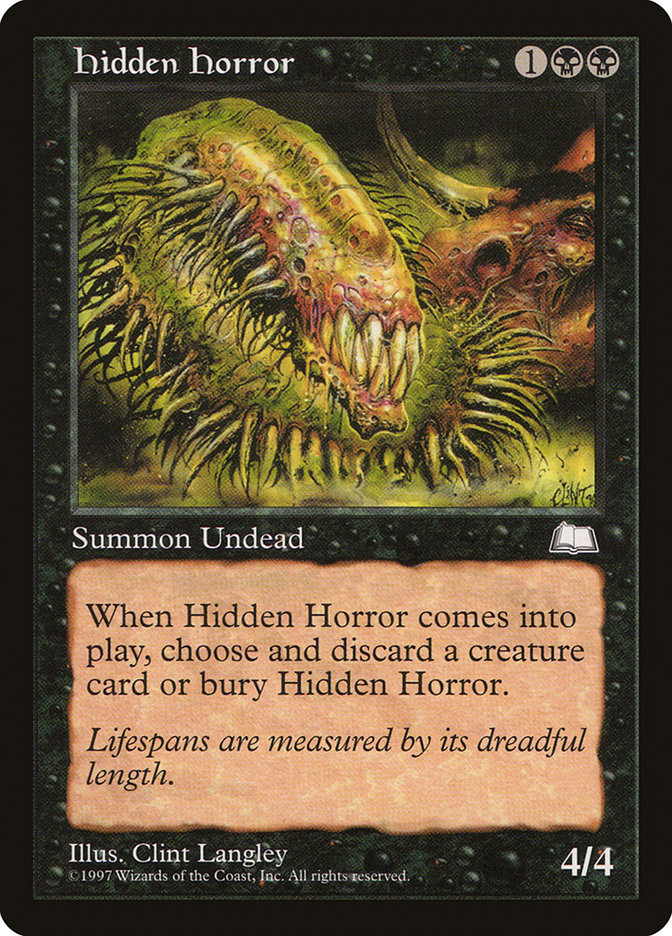
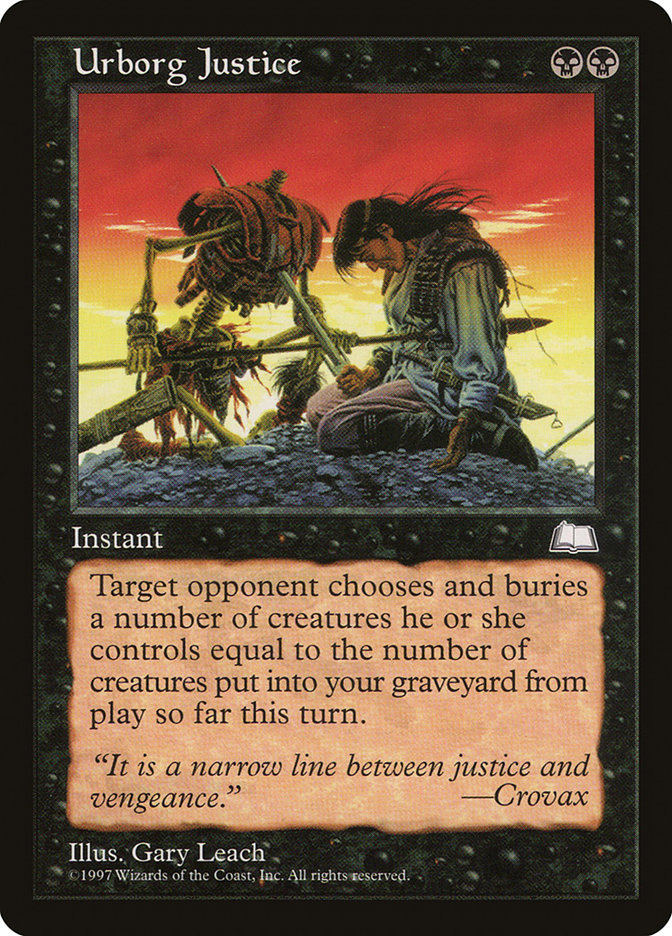
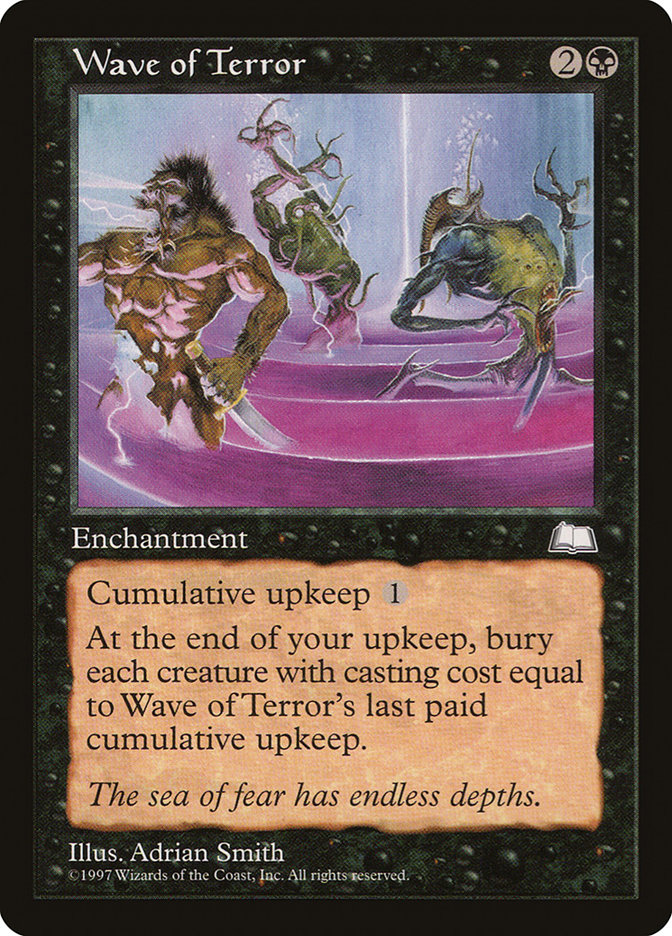
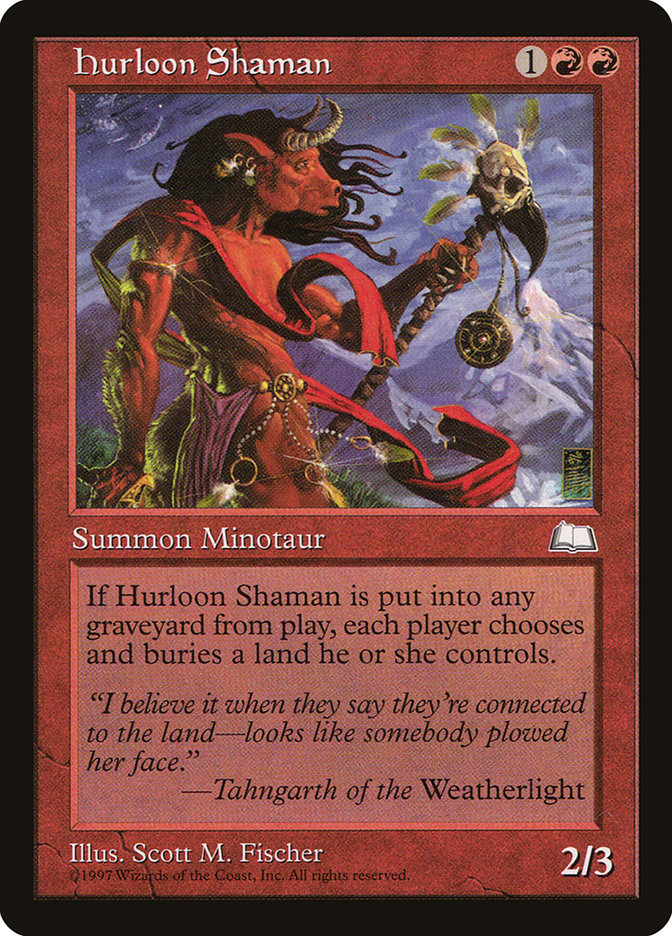
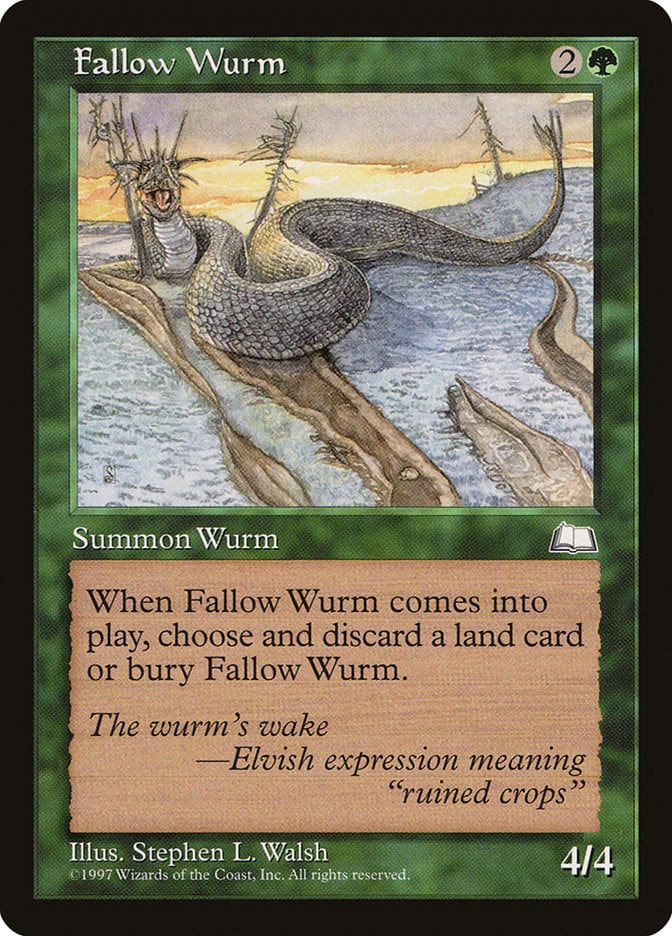
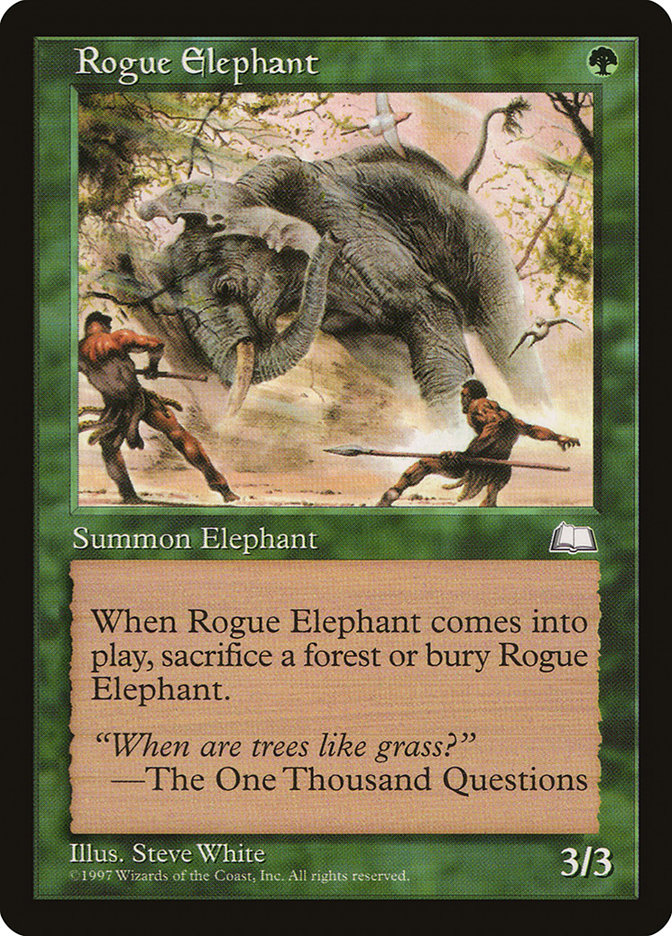

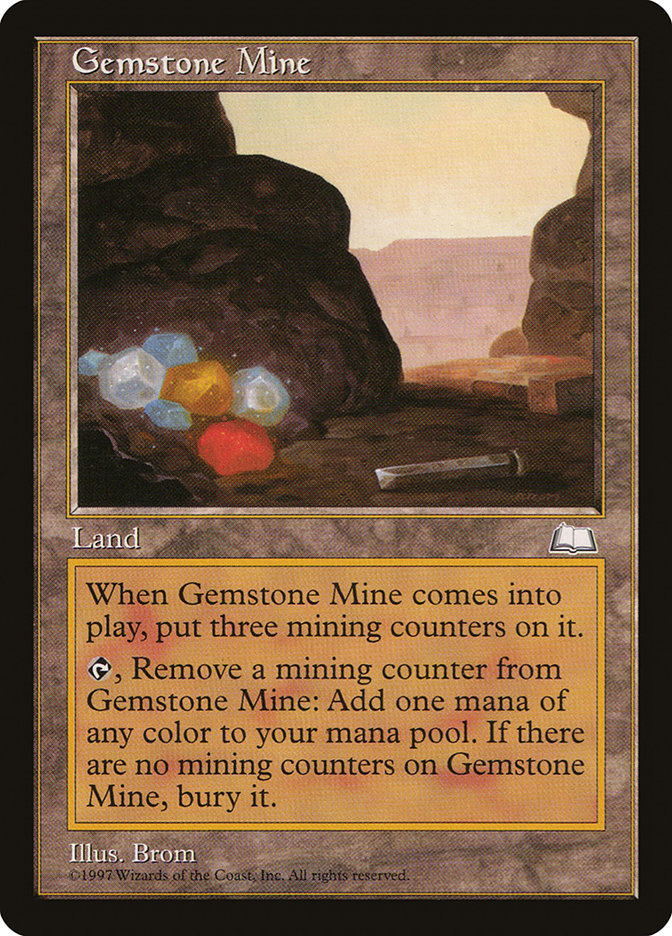
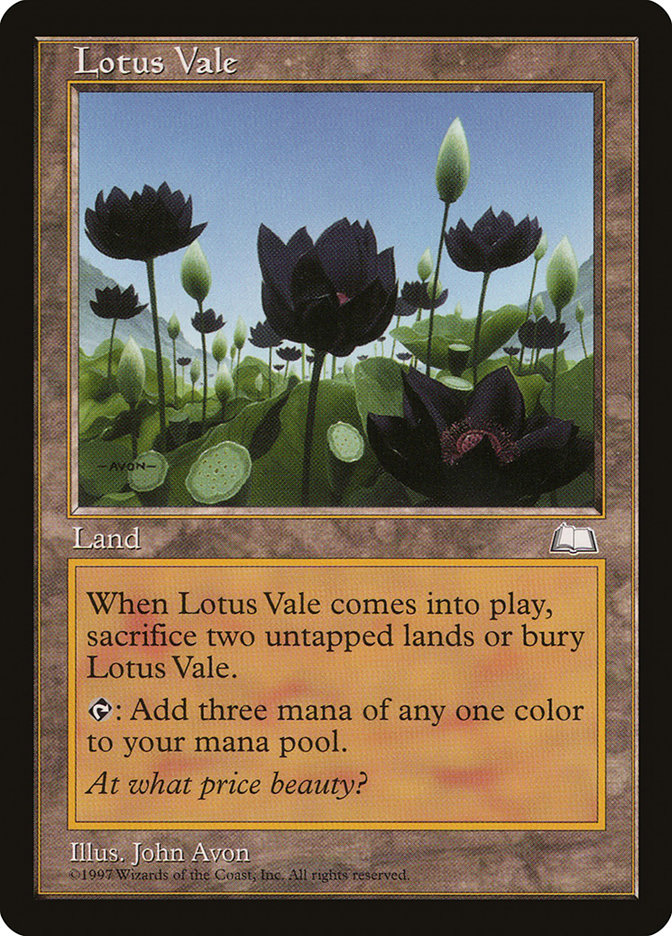

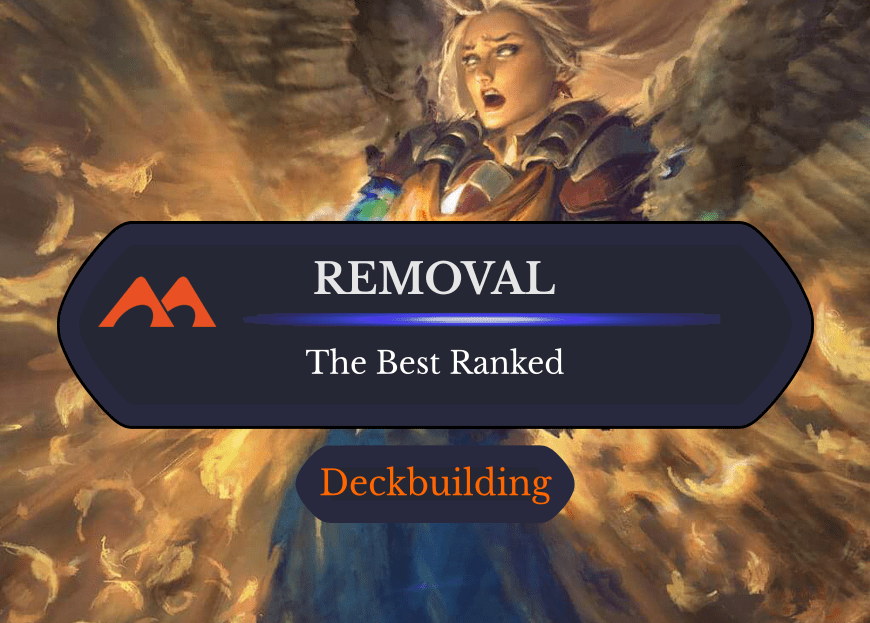

Add Comment